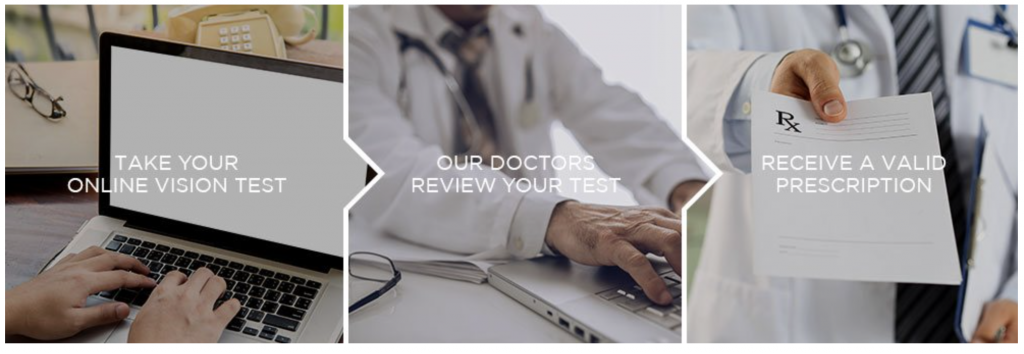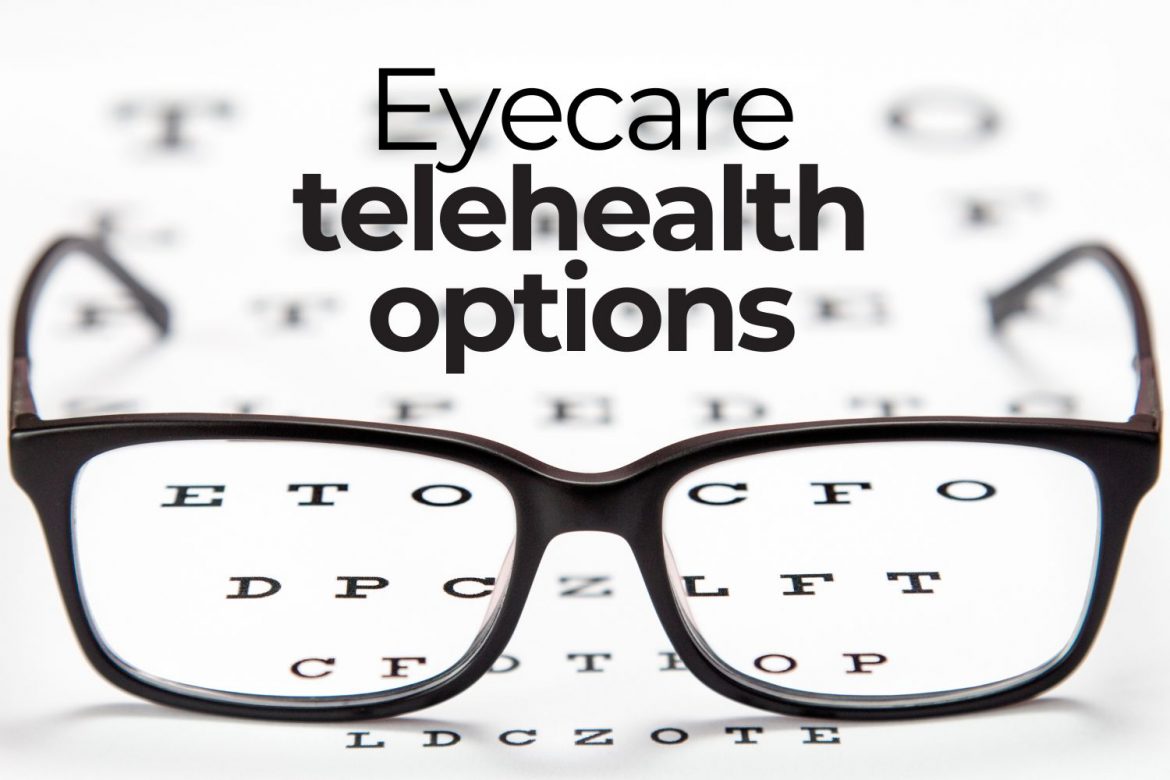160 total views , 1 views today
Telehealth in eyecare is also known as teleophthalmology or teleoptometry, which uses telecommunications technology to provide remote eye care services.
This approach has gained popularity in situations where in-person visits may be difficult, such as during a pandemic or for patients in remote areas without access to a doctor. But what exactly are the capabilities of telehealth? Would a telehealth exam be beneficial to you? Who is and who is not a good candidate?
Activities performed in telehealth exams
Remote consultations
Eye doctors can conduct virtual consultations through a video conferencing system. They will discuss your symptoms, vision concerns, and general eye health. Some systems even include a tool that allows the doctor to perform a refraction to assess the patient’s need for glasses or contact lenses.
Monitoring and follow-up
Telehealth allows doctors to remotely monitor and manage chronic eye conditions like diabetic retinopathy or glaucoma. Patients may still need to go onsite to have specific imaging performed. Most glaucoma patients will need in-person visits to monitor their eye pressures and for follow-up testing.
Screening and triage
While some types of telehealth exams can be used as an initial screening to detect eye disease earlier, some conditions are still best observed with an annual exam. Conditions like diabetic retinopathy can be observed on photos, but the best way to look at the back of the eye for diabetic changes is still an in-person exam.
Education and counseling
While uncommon, telehealth systems can be used to educate patients about eye health, preventive measures, and the use of vision aids for patients with low vision.
Retinal imaging
In the future, it is possible for portable devices that take retinal photos to be sent home with patients and the results could be transmitted to eye care professionals for analysis. Currently, patients must go to a clinic or hospital for images.
Prescription renewals
For routine prescription renewals, for glasses or contact lenses, telehealth can facilitate the process.

What are the advantages of a telehealth exam?
Telehealth in eyecare provides patients with the convenience of accessing eye care services in areas that may be short on doctors. Sometimes the hours are more convenient such as late appointments during the week or on weekends. Depending upon the type of telehealth exam, telehealth could potentially reduce costs associated with travel, and time off work for both patients and healthcare providers. This could make eye care more affordable and accessible to more patients.
What are the disadvantages of a telehealth exam?
Telehealth exams in eyecare have limitations. Some eye conditions may still require an in-person evaluation and diagnostic testing which cannot be performed through a virtual consultation. Telehealth exams require a speedy internet connection and for all the equipment to work properly, otherwise the doctor is unable to communicate with the patient and view the video and images.
In addition, security measures must be in place to protect patient privacy and data security since health information is being transmitted digitally.
What types of medical conditions cannot be adequately assessed by telehealth?
Some eye conditions require advanced diagnostic tools not available in a telehealth setting. Conditions like glaucoma or some retinal disease may be challenging to diagnose accurately without an in-person evaluation and specialized testing equipment.
Though patients often use telehealth consultation for eye problems like pink eye or swollen lids, it is very difficult to evaluate the front of the eye without the doctor being able to see the different parts of the eye in person. Often, an antibiotic is prescribed which will only result in improvement if the pink eye is bacterial. All other types of pink eye will not improve.
Important questions for patients to ask when scheduling a telehealth exam
Patients should ask if the doctor will be able to look at both the front and the back of the eye. If they need a new prescription, the exam must include a refraction, which is the test that determines one’s prescription. A telehealth exam does not include a dilated eye exam.
Who is not an ideal for a telehealth exam?
- Anyone who is having any difficulties with their contact lenses
Contact lenses are best evaluated and fit in person. The technology used in a telehealth exam does not have the same capabilities as a doctor looking at the eye under a microscope.
- Anyone with a history of red eyes, dry eyes, or sandy, gritty eyes
The front part of the eye is best evaluated in person. Telehealth exams include pictures and video of the eye, but evaluation is best underneath a microscope.
- An over-40 contact lens wearer who is now having difficulty with reading
Though these patients may be able to book a telehealth exam, if you would like your contacts modified to improve your near vision, an in-person exam is best.
- Anyone with a history of double vision and/or prism in their glasses
These changes indicate that you should have your eyes dilated ASAP.
- Those who are being watched for changes in their cataracts or have been told they have cataracts
A dilated exam is necessary for the evaluation of cataracts.
It’s important to recognize that while telehealth in eyecare has its limitations, it can still be a valuable tool for certain aspects of eye health including initial consultations, follow-up appointments, and management of certain conditions. The capabilities of telehealth in eyecare depends on the specific needs of the patient and the nature of the eye condition being addressed.


